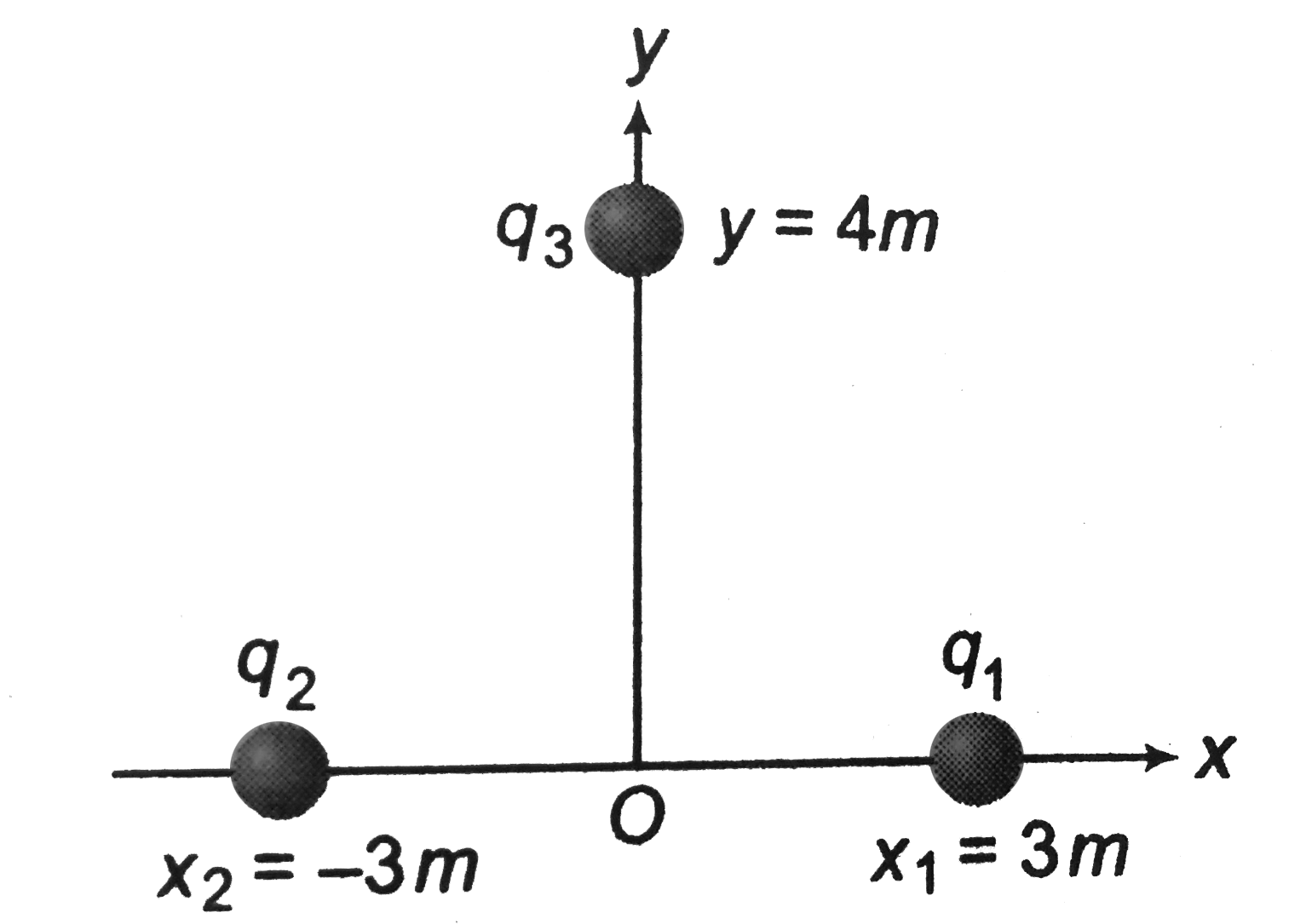Text Solution
Verified by Experts
Topper's Solved these Questions
MISCELLANEOUS VOLUME 3
CENGAGE PHYSICS|Exercise Fill in the blanks|10 VideosMISCELLANEOUS VOLUME 3
CENGAGE PHYSICS|Exercise True and False Type|5 VideosMISCELLANEOUS VOLUME 3
CENGAGE PHYSICS|Exercise Comprehension Type|94 VideosMECHANICAL PROPERTIES OF SOLIDS
CENGAGE PHYSICS|Exercise Question Bank|4 VideosMISCELLANEOUS VOLUME 5
CENGAGE PHYSICS|Exercise Integer|12 Videos
Similar Questions
Explore conceptually related problems
Knowledge Check
A
B
C
D
A
B
C
D
A
B
C
D
CENGAGE PHYSICS-MISCELLANEOUS VOLUME 3-Interger Answer type
- Two point charges q1=q2=2muC are fixed at x1=+3 m and x2=-3m as shown ...
Text Solution
|
- Two concentric spherical conducting shells of radii R and 2R carry cha...
Text Solution
|
- The capacitance of a capacitor between 4//3 times its original value i...
Text Solution
|
- A particle having charge that of an electron and mass 1.6xx10^(-30)kg ...
Text Solution
|
- The electric field in a region is radially outward with magnitude E = ...
Text Solution
|
- A wire is bent in the form of a regular hexagon and a total charge q i...
Text Solution
|
- A Uniform electric field of 10NC ^(-1) exists in the vertically downwa...
Text Solution
|
- The kinetc energy of a chargd particle decreased by 10 J as it moves f...
Text Solution
|
- A charge of 20 muC is placed on the positive plante of on isolated p...
Text Solution
|
- A capacitor with stored energy 4.0J is connected with an identical ca...
Text Solution
|
- Excess electrons are placed on a small lead sphere of mass 6.90 g so ...
Text Solution
|
- Two mutually perpendicular infinite wires along x-axis and y-axis carr...
Text Solution
|
- The electric field strength depends only on the x, y, and z coordinate...
Text Solution
|
- A positive charge +q1 is located to the left of a negative charge -q2....
Text Solution
|
- Figure shows, in cross section , two solid spheres with uniformly dist...
Text Solution
|
- A positively charged particle starts at rest 25 cm from a second posit...
Text Solution
|
- In the circuit shown, all capacitors are identical. Initially, the swi...
Text Solution
|
- Two small spheres are attached to the ends of a long light nonconducti...
Text Solution
|
- A solid sphere of radius R has a charge Q distributed in its volume wi...
Text Solution
|
- An infinitely long solid cylinder of radius R has a uniform volume ch...
Text Solution
|
